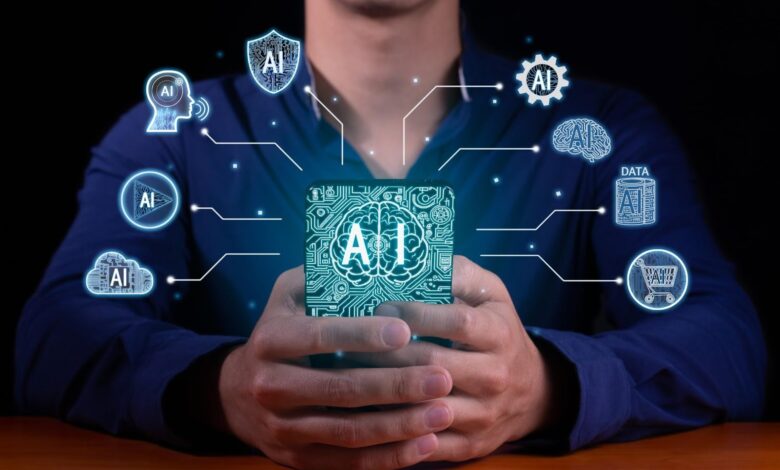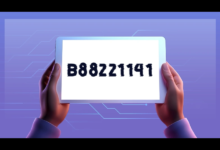AI Detectors: The Digital Sherlock Holmes Unmasking Digital Deception

In the information age, where this digital platform becomes the whole world, it brings along with itself a brand new kind of criminal. Digital architects put up elaborate fronts of deceit, running from innocuous misinformed information to ultrarealistic deep fakes. To take on the increasing menace, we need a modern-day Sherlock Holmes—a digital sleuth who will untangle these most labyrinthine deceptions. Here come AI detectors.
These complex algorithms are rewriting the landscape of digital forensics. What was earlier reserved for high-technical/technician-like experts is slowly getting realized as a means to identify and expose digital fraud. AI detectors are much like a magnifying glass that uncovers the invisible ink of the digital world, exposing hidden realities within layers of deception.
Beyond the Fake: Protecting Our Digital Lives
Deepfakes proliferation is one of the most dire challenges of our time. Experts warn that these super-realistic synthetic media can be used to spread disinformation, smear reputations, and even incite violence. AI detectors are our frontline defense against this insidious threat. It is in the subtleties of facial expression, audio patterns, and visual inconsistencies that analysis is done to identify forged content with an accuracy almost incomprehensible.
The applications of AI detectors, however, extend much further than deepfakes. Cyberbullying, previously a murky issue, is dragged into the light by such powerful tools. AI detectors could soon develop the capacity to spot patterns of harassment and abuse, thus really helping law enforcement and social media companies protect vulnerable users.
In a rapidly digitizing world of intellectual property, the scope of theft and infringement has increased manyfold. AI detectors can easily become an important tool in the protection of creative works from unauthorized use and plagiarism. Algorithms help creators protect their works when it comes to music, film, software, and even design.
The Ethical Compass
While the potential benefits of AI detectors are huge, it’s essential to approach this technology with caution. Any high-tech tool, just as with every other tool, has some risks of being misused for certain types of wrong activities. The establishment and implementation of AI detectors have to be underpinned by robust ethical considerations that avert any possible unintended consequences.
The first concerns are those of privacy. It is a complex challenge to strike a balance between protecting people from harm and protecting personal data. Furthermore, possible bias in AI algorithms must be dealt with to make sure no equitable, fair outcomes are realized.
As we move to new territory, the increasing realization is for the building of collaboration among technologists, policymakers, and ethicists working together on how to harness the power of AI detectors in order to work out a more secure and trustworthy digital world.
The future for digital forensics is very promising. AI detectors equate us with arms to outsmart the digital criminals and ensure the integrity of our online world. To help you start off, you can try HireQuotient’s AI detector, which is free forever. You don’t need to sign up and also the input limit is 25,000 words. Test it out and see how you can slowly add in an AI detector to your workflow. It’s time to embrace this new frontier, unlocking the full potential of AI in the fight against deception.




